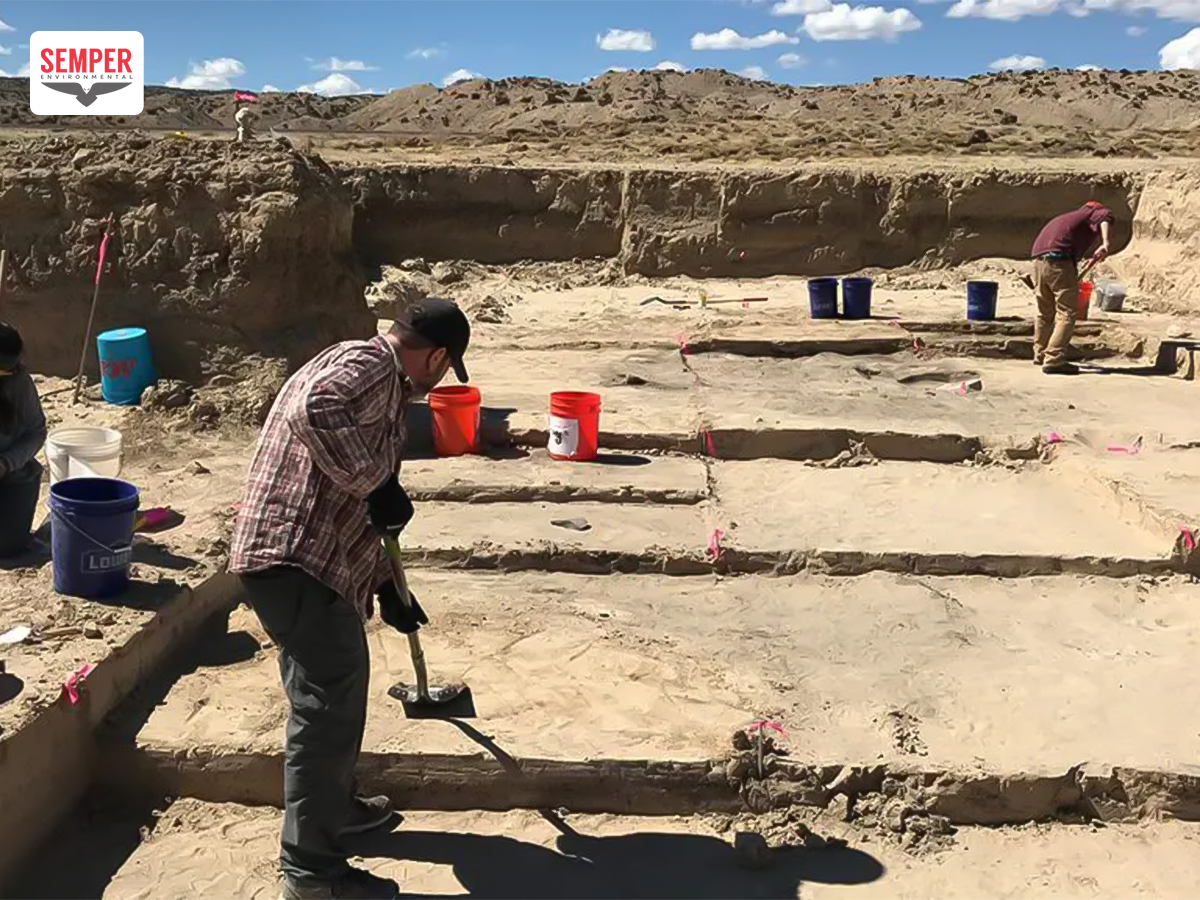Environmental consultants in Utah play a crucial role in identifying and mapping wetlands across various property types. It also becomes responsible for every requirement as with water treatment to the welfare of the wild animals that are used in these important habitats. Floods are more moderated downstream because these areas, known as wetlands, naturally store rainfall. This is why wetland delineation, especially in residential areas, is vital. Utah property owners are increasingly recognizing the importance of these regulations, which also align with modern guidelines for Archaeological Survey in Utah.
Wetland delineation restrictions help manage water runoff, especially after heavy rainfall. Without proper controls, large amounts of runoff can disrupt soil conditions and damage wetlands, which can lead to shoreline instability, impaired water purification, and potential threats to wildlife habitats. This blog will explore the wetland delineation process, focusing on the key factors: vegetation, soil type, and topographical characteristics of wetlands.
Mitigating Water Level Uncertainty and Other Threats
Wetland Delineation in Utah involves estimating the water storage capacity of wetlands, acre by acre. This helps reduce the risk of water level fluctuations that could harm wetland ecosystems. Effective planning and resource management ensure healthy vegetation growth and support the survival of birds, animals, and plant species, all of which contribute to the overall value of wetlands. A thorough evaluation of the land’s characteristics also helps in accurately classifying wetlands near river streams.
Environmental consultants play a key role in preventing soil erosion and addressing potential water accumulation threats. Using advanced wetland assessment technologies like cameras, sensors, satellites, and even aircraft, they can identify previously unknown wetland boundaries. These tools also support biodiversity conservation efforts, helping to manage wetlands effectively while minimizing costs for property owners. Consultants apply their expertise in land use and cultivation to ensure projects are completed efficiently and within budget.
Utah’s environmental protection agencies rely on these experienced consultants to mitigate and resolve wetland identification and inspection challenges. By hiring skilled professionals, agencies can ensure projects are completed on time, and in many cases, compensations for project losses are minimized. Once consultants determine the qualitative and quantitative status of wetland soil and habitats, they can begin restoration efforts that address water saturation issues and ensure long-term sustainability.
Enhancing Wetlands with Archaeological Surveys
In Utah, archaeological surveys also play a key role in understanding a wetland’s history, including its plant growth, soil composition, and wildlife. The data collected helps environmental consultants and archaeologists plan for future activities that will improve wetland health and appearance. These surveys also allow researchers to explore past flooding events, making it easier to anticipate and prevent future issues.
Proper identification of Utah’s wetland resources not only benefits the present but also ensures that future generations will enjoy the rich flora and fauna heritage of these areas. Surveys conducted in northern and eastern Utah suggest various wetland improvements that protect nearby animals, plants, and soil without causing harm.
Before archaeologists begin fieldwork, they conduct thorough research on soil types and physical artifacts, even under changing weather conditions. When necessary, they use modern technologies such as sensors and high-tech cameras to examine wetlands more closely. These tools help overcome challenges that may delay the enhancement of building structures near wetlands in both eastern and western Utah.
Conclusion
Wetland delineation is essential for Utah’s environmental consultants, but it is most effective when combined with archaeological surveys. Together, these processes help preserve Utah’s wildlife, natural habitats, and soil health. By managing water uncertainty risks and preventing vegetation deterioration, consultants use their expertise to map and assess wetlands based on property types.
To learn more about the environmental site inspection and remediation services offered by Utah Environmental Consultants, visit Semper Environmental’s official website.




